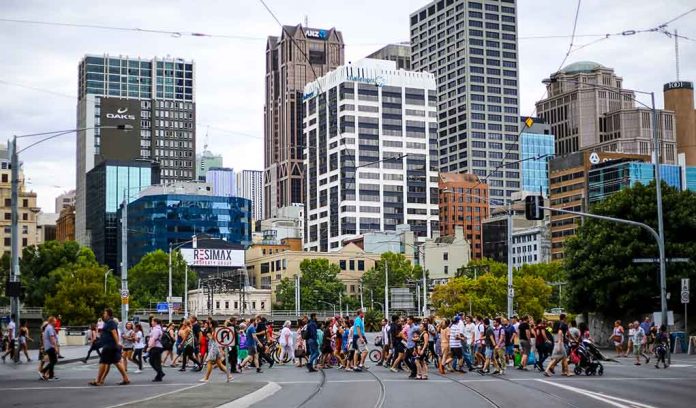
Down Under on High Alert: Australia’s Terror Threat Level Raised
Prime Minister Anthony Albanese has just sounded the alarm, raising Australia’s terrorism threat level from “possible” to “probable.” Let’s dive into what this actually means.
Australia’s Terror Threat Level: What’s Changed?
The Australian government has officially raised the national terrorism threat level from “possible” to “probable.” This change indicates that intelligence agencies believe there is now a greater than 50% chance of a terrorist attack occurring on Australian soil within the next 12 months. Prime Minister Anthony Albanese emphasized that while the threat is more likely, it is not inevitable.
“Probable does not mean inevitable and it does not mean there is intelligence about an imminent threat or danger,” Albanese stated.
Factors Contributing to the Increased Threat Level
Several factors have contributed to this heightened state of alert:
1. Increased polarization and social cohesion strain in Australia and other Western countries
2. The ongoing Israel-Hamas conflict, which has intensified societal tensions
3. Rise in extremism influenced by conspiracy theories and anti-authority ideologies
4. Rapid online radicalization of young people
Mike Burgess, Director-General of the Australian Security Intelligence Organisation (ASIO), explained, “Politically motivated violence now joins espionage and foreign interference as our principal security concerns. These factors make ASIO’s job more difficult. The threats are becoming harder to predict and identify.”
Nature of Potential Threats
Intelligence agencies have indicated that potential attacks are likely to be low-cost, carried out by lone actors or small groups in crowded places. The official advisory stated, “Any attack is likely to be low-cost, using readily available weapons, and most likely to occur in crowded places by lone actors or small groups.”
Additionally, there is an increased likelihood of violence at protests, with rising concerns about antisemitism and Islamophobia. Burgess noted that while antisemitism and Islamophobia both exist, violence is becoming more likely at protests.
Government Response and Public Reassurance
Prime Minister Albanese has called for calm and unity in the face of these heightened threats. He emphasized the importance of maintaining social cohesion and avoiding inflammatory rhetoric.
“When the temperature of the security environment is rising, we must lower the temperature of debate,” Albanese stated.
The government has assured the public that law enforcement and intelligence agencies are working diligently to counter these threats. However, they have also called on citizens to remain vigilant and report any suspicious activities.
Conclusion: Vigilance Without Fear
As Australia navigates these turbulent waters, it’s crucial for citizens to remain alert but not alarmed. The raised threat level serves as a reminder of the ongoing challenges faced by Western democracies in an increasingly polarized world. By staying informed, supporting law enforcement efforts, and maintaining social cohesion, Australians can play a crucial role in safeguarding their nation against potential threats.
Sources
3. Australia lifts terrorism threat level from ‘possible’ to ‘probable,’ but says no specific threat









